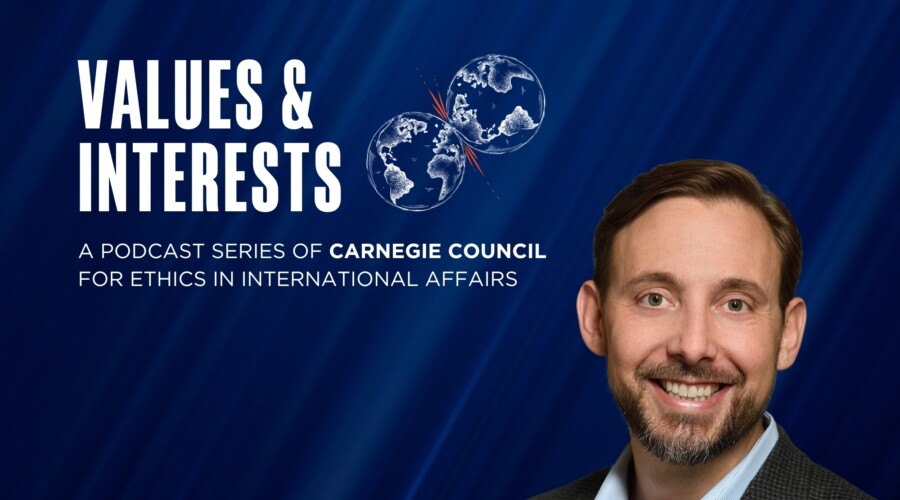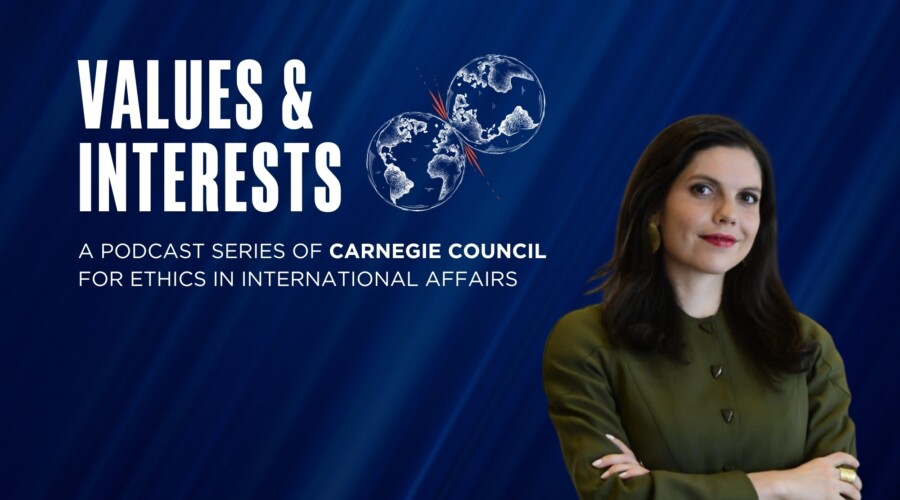In "The Myth of 'Torture Lite,'" Jessica Wolfendale effectively demolishes the distinction between "torture lite" and "full-blown" torture, at least in so far as this distinction is understood in terms of the severity of pain or the permanence of injury inflicted on a subject. According to the way this distinction is usually drawn, full-blown torture causes great physical pain through the infliction of grievous bodily harm. By contrast, torture lite supposedly attacks only (or, at least, primarily) the victim's psychological life through such techniques as sleep and sensory deprivation, stress positions, sexual humiliations, forced nakedness, and exposure to extreme shifts of temperature.1 It is not clear where water-boarding and rape would fall on this divide, in as much as both involve force applied directly to the victim's body, but it might be argued that neither need inflict the sort of physical pain associated with torture. Although force is applied directly to the body, the assault here seems primarily psychological, being largely dependent on the victim's understanding of what is being done to him or her by someone else in a particular context.
As Wolfendale argues, much of the way that the distinction between full and lite torture is drawn depends on manifestly false claims about the actual character and effects of the techniques involved. While torture lite does not involve dramatic moments of violence (such as a blow being struck or an electrical charge being applied), it often does involve the infliction of intense physical pain, as well as profound and often irreversible physical and psychological injury. Being forced to assume and maintain stress positions can cause pain as unambiguously physical as that resulting from a blow or a burn, sometimes leading to permanent bodily injury. Extreme sleep deprivation is an excruciating experience that can cause death in a few days. Admittedly, torturers do not have to apply force to someone’s body to keep them from sleeping, but neither do they have to use force to keep someone from eating or drinking. Sleep deprivation seems to be no more a marginal case of torture than is starvation or allowing someone to die of thirst.
To read or purchase the full text of this article, click here.
NOTES
1 Wolfendale also includes mock execution among the forms of torture lite, although I believe it is usually taken to be an unambiguous instance of full-blown torture.



